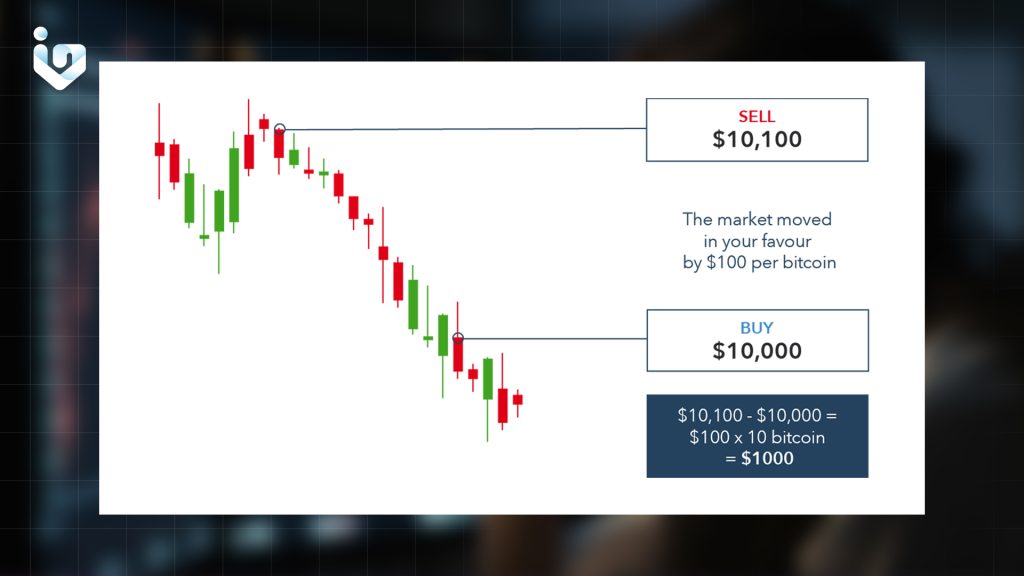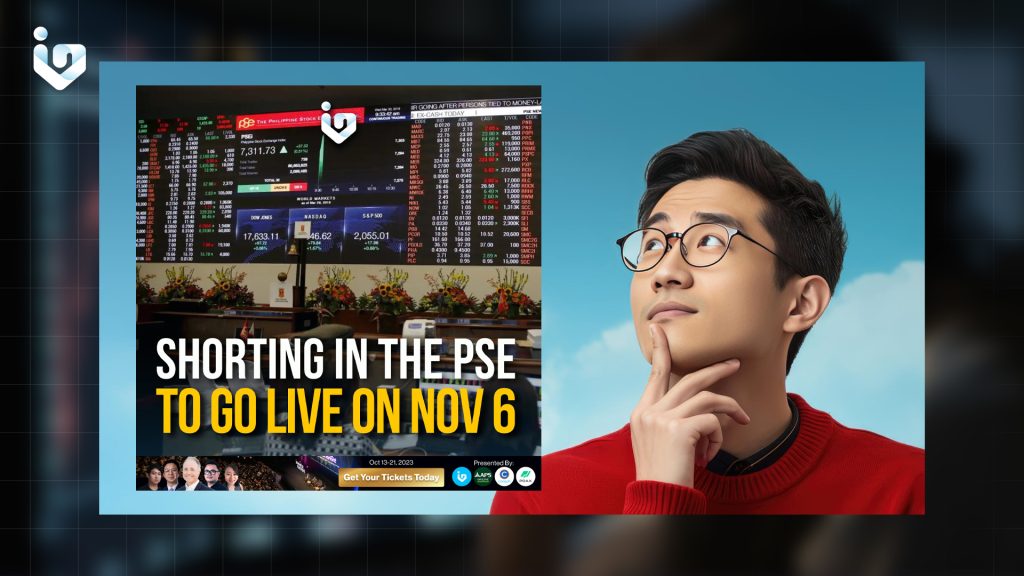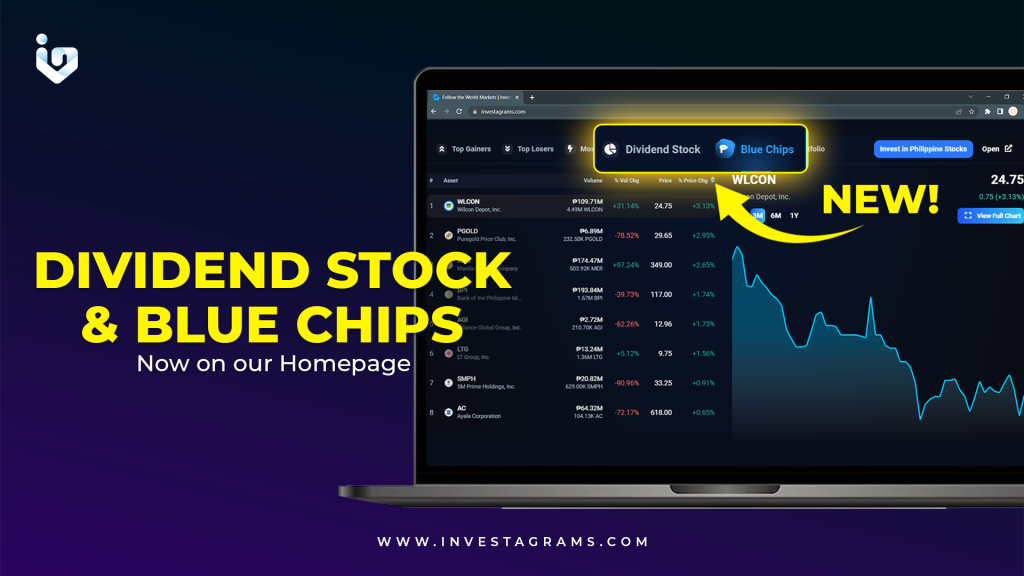Shorting, also known as short selling, is a trading strategy that involves selling a borrowed asset in the hope of buying it back later at a lower price. Shorting can be used to profit from falling prices, hedge against downside risks, or speculate on market movements. However, shorting also carries significant risks and challenges that traders should be aware of before entering a short position. In this article, we will explain the basics of shorting, its pros and cons, and some common shorting strategies.
How Does Shorting Work?

Shorting is the opposite of buying or going long on an asset. When you buy an asset, you expect its price to rise and sell it later for a profit. When you short an asset, you expect its price to fall and buy it back later for a profit. To short a stock, you need to borrow shares from a lender, usually a broker-dealer, and pay a fee or interest for the loan. You then sell the borrowed shares at the current market price and receive the proceeds. At some point, you have to buy back the asset and return it to the lender. If the price of the asset has dropped, you can buy it back for less than what you sold it for and keep the difference as your profit. If the price of the asset has risen, you have to buy it back for more than what you sold it for and incur a loss.
What Are the Benefits?
Shorting can offer several benefits to traders and investors, such as:
- Profit from falling prices: Shorting allows you to make money when the market is bearish or when a specific asset is overvalued or in decline. For example, if you believe that a company’s earnings will disappoint or that its stock is in a bubble, you can short its shares and profit from its downfall.
- Hedge against downside risks: Shorting can also be used to protect your portfolio from potential losses or reduce your exposure to a certain sector or asset class. For example, if you own a long position in a stock that is correlated with the overall market, you can short an index fund or ETF that tracks the market and offset some of your downside risk.
Shorting also involves significant risks and challenges that traders should be aware of before entering a short position, such as:
- Unlimited downside: Unlike buying an asset, where your maximum loss is limited to your initial investment, shorting an asset exposes you to unlimited losses if the price of the asset keeps rising. There is no limit to how high an asset’s price can go, so your potential loss is theoretically infinite.
- Short squeeze: A short squeeze occurs when a large number of short sellers are forced to cover their positions due to rising prices or margin calls. This creates a positive feedback loop that drives the price even higher and squeezes more short sellers out of their positions. A short squeeze can be triggered by positive news, strong earnings, analyst upgrades, or other factors that boost the demand for an asset.
- Stock loan fees: When you borrow an asset from a lender, you have to pay a fee or interest for the loan. The fee depends on the availability and demand for the asset, as well as the broker’s terms and conditions. The fee can vary over time and eat into your profits or add to your losses.
- Margin requirements: To open a short position, you need to have a margin account with your broker and meet certain margin requirements. Margin is the amount of money that you have to deposit with your broker as collateral for your short position. The margin requirement depends on the broker’s policies and the volatility of the asset. If your account value falls below the margin requirement, you will receive a margin call from your broker and have to deposit more money or close your position.
Implementing shorting strategies
There are many ways to implement shorting strategies depending on your goals, risk tolerance, and market conditions. Some common shorting strategies are:
- Selling a bounce in a downtrend: This strategy involves selling an asset after it has bounced from a lower low in a downtrend and waiting for it to resume its downward movement. This strategy requires identifying the trend direction, support and resistance levels, and reversal signals.
- Entering within a trading range and waiting for a breakdown: This strategy involves selling an asset that is trading within a range-bound market and waiting for it to break below the lower boundary of the range. This strategy requires identifying the range limits, volume patterns, and breakdown signals.
- Selling into an active decline: This strategy involves selling an asset that is already in a sharp decline and riding the momentum to the downside. This strategy requires identifying the catalysts, trendlines, and exit points.
What to expect from the introduction of shorting to the PSE

Shorting brings two big benefits for the Philippine market. First is that it’s possible for the market to experience an inflow of liquidity. Given that shorting requires a a lot of activity within stocks, it’s possible to see volume increase among shortable stocks.
Second is that traders can now profit from breakdowns. The benefits here are obvious and don’t need to be explained. However, something traders have to realize is that shorting isn’t as easy as it seems. Yes, the PH market may have been slumbering, but there’s a big difference between stocks having no significant movements within a range versus stocks crashing. You also have to consider that risk-reward ratios are different when you’re shorting.
As always, being systematic is the most crucial part towards profiting from the markets. The introduction of shorting is just another tool that we can use to do so!

